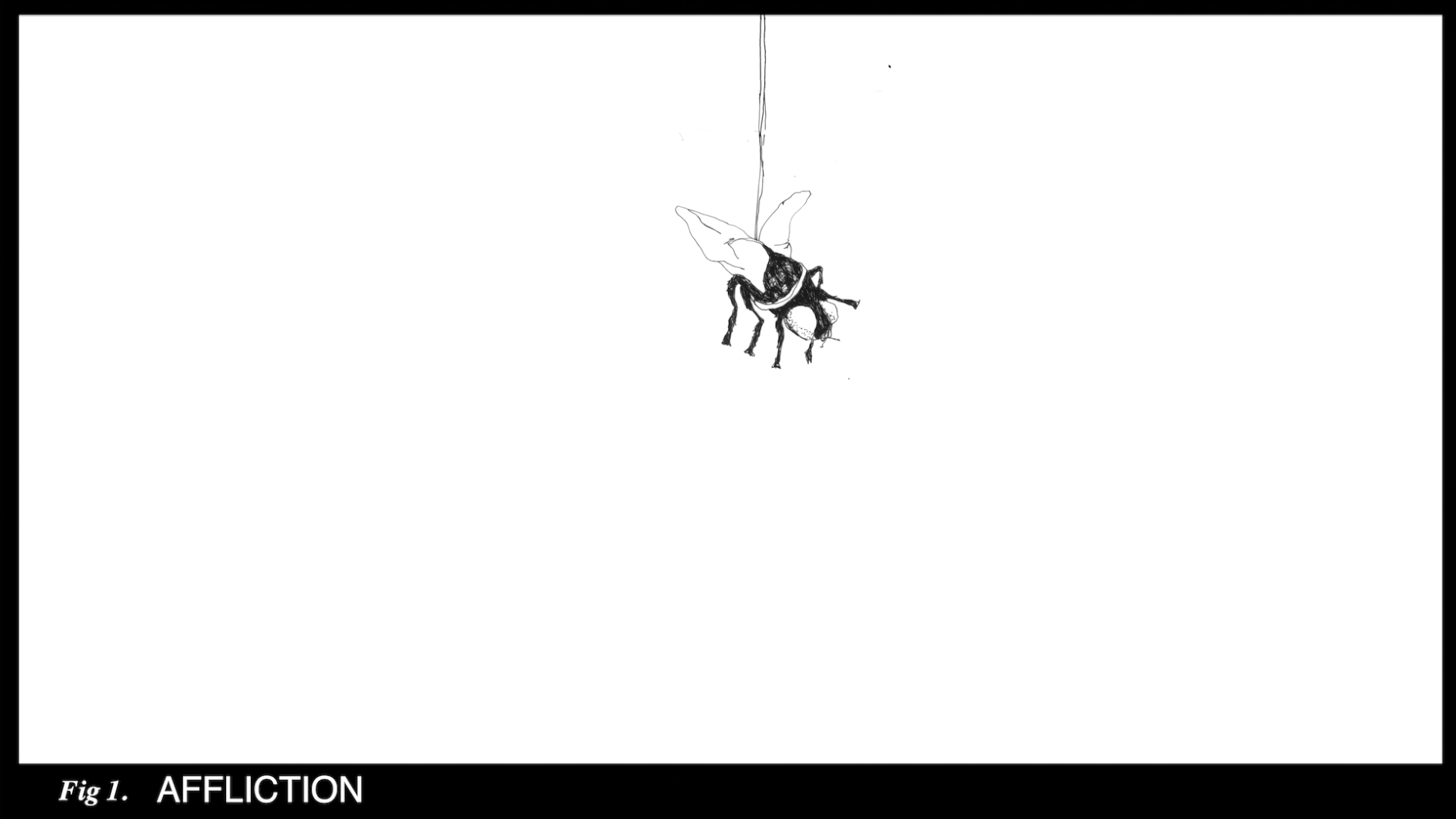On Returning: an introduction
Look back to the origins of the modern museum and you’ll find an odd sort of institution. The product of alchemists and merchant seamen trawling the Old and New Worlds in search of “Any thing that is strang [sic],” their curious collections often included, alongside outlandish fruits and rare coins and unicorn horns and plum stones carved with portraits of The Passion, the spoils of an empire in the process of inventing itself: “Instruments of Warre,” mermaid hands, chunks of human flesh on the bone. Such collections were soon sorted according to type: first grouped into “Nature” and “Artifice,” and then, with increasing complexity, into Nature, Science, History, Art, and so on. During this process of specialization, the corpse parts were first relegated to a shadowy corner of museum storage, before eventually, in the 19th century, being quietly edged out of many collections altogether.
That, of course, was a long time ago. In the centuries since, we have seen art collections arranged to glorify nation and empire; pedagogical museums aiming to educate working classes in the “proper” taste of their superiors; art museums of corporate interest; art museums devoted to a perennial cult of male genius (and therefore to the exclusion or tokenistic representation of women); art museums seemingly devoted to maintaining a racialized division between white artists “of quality” and artists of color, or between Euro-American “centers” and the rest of the planet. Tally up these unflattering histories and suddenly the old proto-colonial collections seem improbably familiar, even somewhat innocent by comparison. The virtuousness declared by many contemporary art museums, then, ought to be regarded with a certain degree of circumspection.
Nevertheless, we are optimists. Though we look at museums with skepticism, our doubt is hardly the result of some outside perspective or critical distance. As an art historian and a curator, we work in and for art museums. As audience members, we visit museums often. We have learned from museums and have been formed by them. This means, too, that we want certain things from museums; they are ours, and we want them to be better. We are vested in particular in those currents in contemporary art museums that seem to promise some other way of working, essaying new arrangements toward another way of being that might rectify, or at least make visible, the museum’s historical exclusions. We are dreaming of a museum that might somehow betray its own troubled genealogy.
Titled “On Returning,” this issue of Open Space is a product of our qualified optimism. In advance of SFMOMA’s imminent reopening after a three-year period of expansion, we have asked several friends and colleagues to survey what we see as progressive or radical “turns” in existing museums, often enacted in moments of major transition like the one from which SFMOMA will soon return. The issue follows on grupa o.k.’s previous series for Open Space, “Proposal for a Museum,” which allowed for and even encouraged utopian and impractical proposals. In contrast, “On Returning” aims to discuss practices in which critical idealism meets the real world, somehow without losing its bearings completely in the process. Critique is one thing. The slow grind of “turning” a major institution — rather like pivoting a giant ocean tanker, as Dominic Willsdon, Curator of Education and Public Programs at SFMOMA, once put it to us — is another.
But even humble gestures can have real effects. Take for example the tactic Helen Molesworth, Chief Curator of the Museum of Contemporary Art, Los Angeles, describes to us in our conversation in this issue. “When I organize an exhibition,” she says, “I play a simple game: I say to myself, ‘I’m in a room. Who is in this room with me?’ And if it’s all white men, I’m nervous, because I’m never in that room in my actual real life.” Such a game, which she acknowledges as starting from a “super weak 80s essentialist position,” then must evolve through comparison to become a compelling exhibition. This approach allows for unique realizations — she describes an unexpected consonance between paintings by Robert Colescott and Jean Fautrier around the trouble of picturing a body in differing conditions of historical trauma, for instance — that other games (the formalist game, the fame game, the “quality” game, the art history game, the exoticism game) might preclude.
Can we demand that the institutions that form us look like the social world of which we are actually part? Who are “we,” anyway? Who counts in that social world and who is excluded from it? Is this game so simple? The ensemble that we have assembled for “On Returning” is a version of our own social world. This “us” includes Helen as well as the artist-writers Charles Gaines and Silvia Kolbowski, art historian Andrew Weiner, and curators Johanna Burton, Julieta González, Chus Martínez, and Xiaoyu Weng.
“On Returning” also involves the painter Dana DeGiulio, a key participant in “Proposal for a Museum” (find that contribution here, our essay on it here, and Dana’s website here). Commissioned especially for this issue, Dana’s works will appear across its entirety. Dana’s works, produced according to an “ethos of ardent participation,” provide continuity with our previous series, and construct a crucial counterpoint with the essays and arguments included herein. In this way, perhaps we are still pursuing the “strang.”

Artwork by Dana DeGiulio